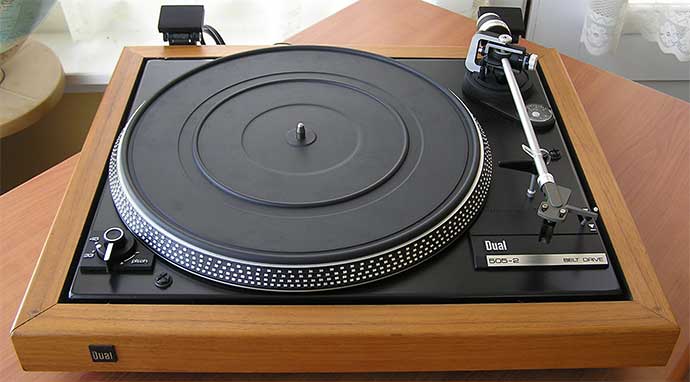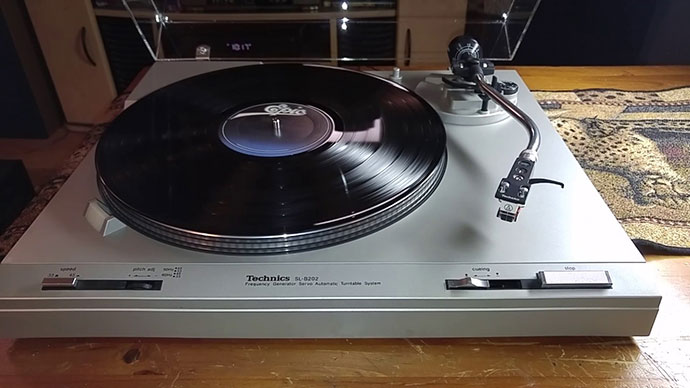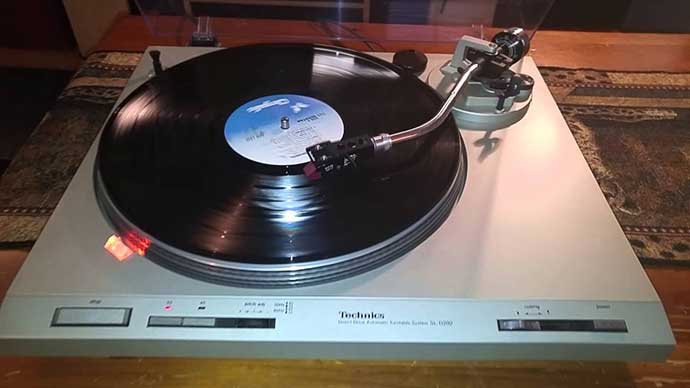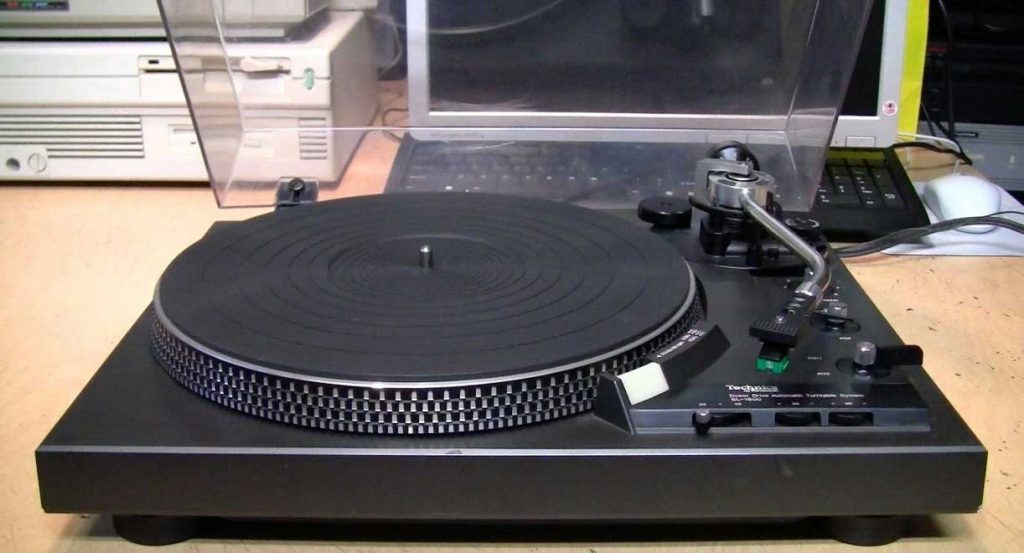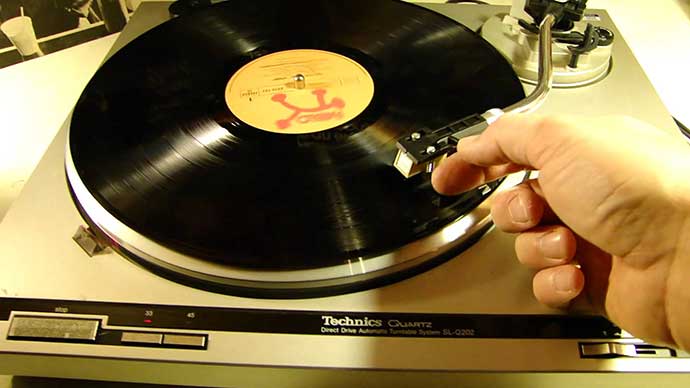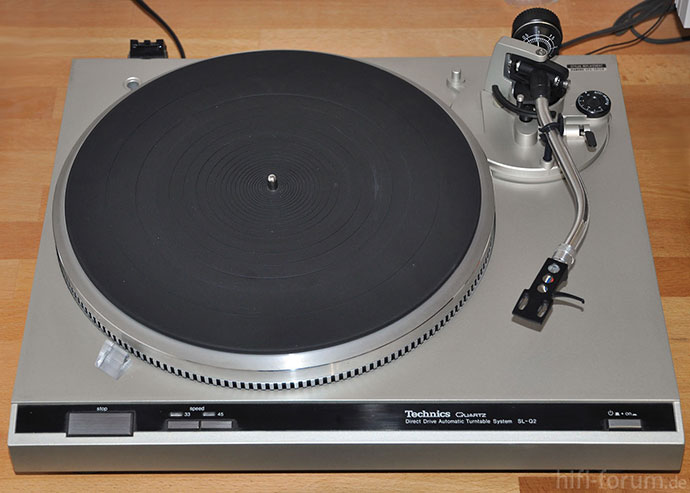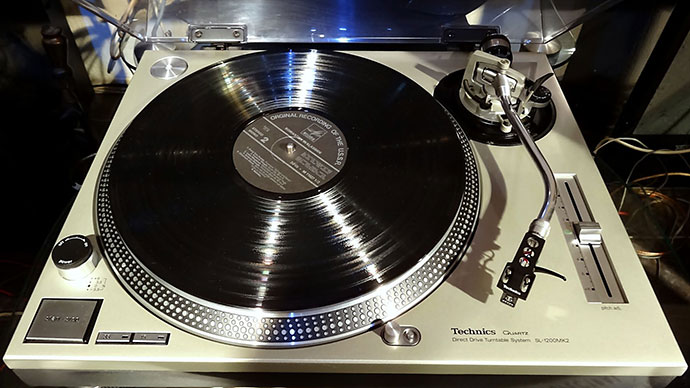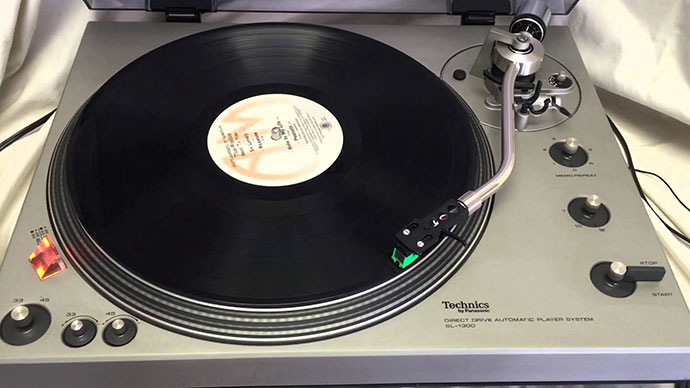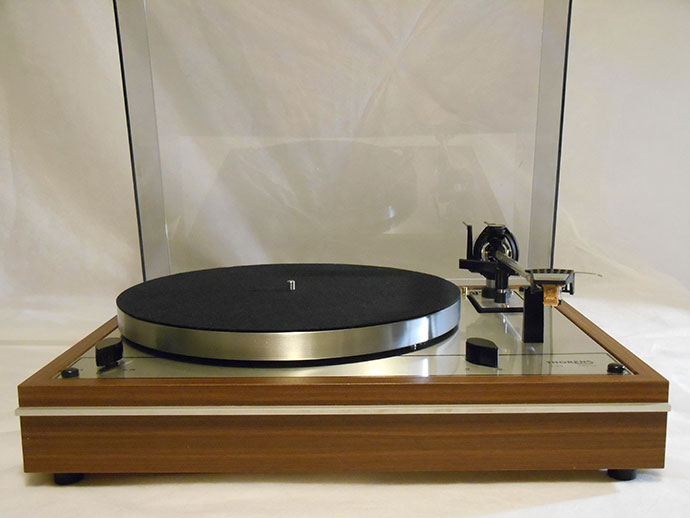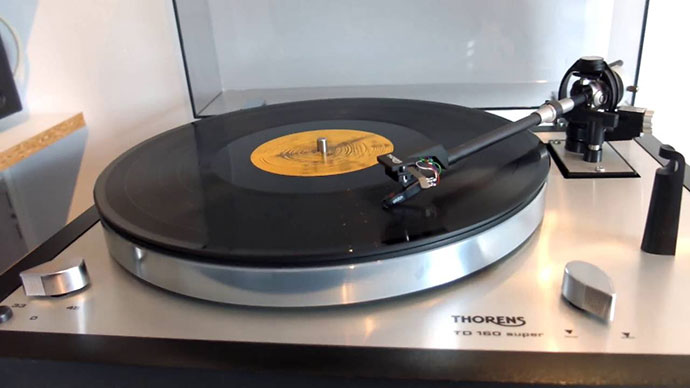Used Turntables Buying Guide – What to Look for in Used Record Players?
Used Turntables Buying Guide
As with buying any used stuff, when buying a second-hand record player, it is important to open your eyes and ears well, take it with a healthy mind and be a bit of a psychologist (in the seller’s judgment).
Also, you must pay attention to the following several things:
- Avoid models with a lot of automatic, such as resetting a tonearm to resting position, repetition, automatic positioning and lowering of the needle at the start of the record, etc. The more automatics, the more likely it is that something is not working properly or something will quickly break down, although it was working ok in the moment of purchase, as we talking about devices between the ages of 20 and 35 years, and sometimes more.
- Avoid purchasing a turntable with the T4P cartridge mounting system, as the new needle/cartridge is almost impossible to find on the market, except for the occasional model of the Audio Technica AT92. Besides, these record players are not suitable for further improvement by adding a higher quality cartridge or other interventions, and many of them can not be adjusted properly. Due to the aforementioned drawbacks, the turntable models with the T4P system are not covered by this guide for buying used record players, although they are often offered on ads.
- If it is a “belt drive” turntable make sure the belt is not too stretched and whether the belt has tiny cracks. This is not good because it says the belt is at the end of its lifetime.
- When purchasing a turntable with sub-chassis pay attention to the state of the spring or whether the sub-chassis stands wrong, indicating that the springs are either not set (tensed) properly or failed. If they have failed it is practically impossible to bring the sub-chassis into the optimum position so that the platter (the sub-chassis itself) is horizontal, that the axis of the motor is parallel to the axis of the platter (so that the turning of the motor over the belt is properly transmitted to the platter) and to sub-chassis equally moves freely, ie performs its function of separating bearings with a platter and tonearm from the turntable case. This is especially related to Thorens turntables which is a relatively common problem, especially in older models.
- In the case of direct drive turntable or record player where the motor rotation is directly transferred to the platter, the speed (both 33 and 45) should be checked, since in these turntables it is the most common problem with the inability to maintain a constant speed. The safest test is to try to see if a turntable can spin one side of the record at 33 RPM and that there are no audible or visible (in stroboscope) speed fluctuations. If this goes right raise the needle from the platter and let the platter continue to rotate. As the platter rotates to change the speed from 33 to 45 and vice versa repeatedly and look at the strobe to see if the turntable always achieves the correct speed. If all has gone smoothly there’s one more thing you need to do: if the turntable has the possibility to fine-tune the speed (most of them have, that is the “wheel” where “pitch” is written), rotate that potentiometer from min to max and back several times. If after that the speed can be adjusted to be constant then most likely everything is ok. Although there may always be some hidden flaws in these turntable sets.
- Check the position of the tonearm, ie the tonearm should lower/raise and turn left/right without resistance, but not too loosely.
- Check the condition of the cartridge, though this is not so important because our recommendation is to purchase a new cartridge anyway.
- In addition to the listed items you need to check all other turntable functions, the lift mechanism(“cue” on some turntables), auto if it has, etc. Whether the cover remains open in the upper position while changing the record or dropping it over your hands, etc…
- The visual-cosmetic impression is not so important to the function of the turntable itself, but we can tell a lot about the relation of the owner-seller to the turntable, and from this, we can already deduce how reliable that turntable works. And, if the record player works properly, based on visual-cosmetic flaws (cracked cover, missing hinge, a button is missing, a greaseproof on a turntable, etc.) one can and should work to lower the price.
If you can buy it from a known seller, through friends, acquaintances – this is no guarantee.
This guide will be constantly updated with new record player models as well as relevant information on common faults, etc.
The score or description of the sound of some turntables is the result of personal experience and sound experience.
The maximum prices in the $ sum we consider to be allocated for the models mentioned in the guide are the result of long-term monitoring of the market of used turntables. Further, the prices represent the maximum amount of money to pay for a turntable, regardless of whether it is mounted with the cartridge or not. In 95% of cases, the cartridge is unusable, except for “plowing” on the records. So, it is best to leave the cartridge to the seller for memory and to urge culturally to set up the price for the headless turntable.
Turntables are split by alphabet and prices, from the lowest to the highest:
1. Dual CS 505 / MkII / MkIII / MkIV
plastic case – up to 60 $
wooden case – up to 80 $
The semi-automatic turntable is driven over the belt with fine-tuning speed. A lightweight tonearm that is easy to mount at a cheaper Ortofon / Grado / AT cartridge.
Sound: nothing special, the best and the most heard medium-range, bass and highs occur sporadically.
Most common problems: Tonearm resetting often does not work properly, belt, the fine-tuning belt quickly breaks down or is completely stuck
2. Technics SL-B202 – up to 60 $
Technics S-B303 – up to 60 $
Belt drive record players with identical technical features, with strobe and fine-tuning speed. The only difference is that 202 is semi-automatic and 303 is an automatic turntable.
Sound: Straight without emotion, the best and most commonly heard medium range.
Most common problems: Tonearm resetting often does not work properly, belt
3. Technics SL-D202 – up to 70 $
Technics SL-D303 – up to 70 $
Direct drive turntables with identical technical features, with strobe and fine-tuning speed. The only difference is that 202 is semi-automatic and 303 is an automatic turntable.
Sound: straight without emotion, the medium is best heard, although there are bass indications.
Most common problems: Dusty pot for fine-tuning speed, sometimes you need to adjust the speed trimmer
4. Technics SL 1900 – up to 70 $
Technics SL 2000 – up to 80 $
Direct drive record players of similar technical characteristics, with stroboscope and fine-tuning speed. Model 2000 is manual and 1900 is automatic.
Sound: Relatively uniform throughout the range, but fairly straight and without emotion.
Most common problems: Automating and resetting the tonearm sometimes does not work properly in 1900, sometimes you need to adjust the speed trimmer
5. Technics SL-Q202 – up to 80 $
Technics SL-Q303 – up to 80 $
Direct drive turntables with identical technical features, with a stroboscope. The only difference is that 202 is semi-automatic and 303 is an automatic turntable.
Sound: Equal throughout the range.
Most common problems: Sometimes you need to adjust the speed trimmer
6. Technics SLQ 2 – up to 90 $
Technics SLQ 3 – up to 90 $
Direct drive turntables with identical technical features, with a stroboscope. The only difference is that 2 is semi-automatic and 3 is an automatic turntable.
Sound: Equal throughout the range, good bass, with the right improvements, and the right cartridge can sound great.
Good quality record player.
Most common problems: Sometimes you need to adjust the speed trimmer
7. Technics SL 1200MkII / 1210MkII – prices from 220-500 $
Absolute legend – the personification of the turntable.
They know about this turntable in neighboring galaxies too.
Since it has been produced almost recently, it is possible to find a suitable specimen in excellent condition.
There is not enough room here so we will write a special post about this legend.
8. Technics SL 1300 MkI / MkII – up to 140 $
Technics SL 1400 MkI / MkII – up to 160 $
Technics SL 1500 MkI / MkII – up to 180 $
More or fewer turntables of identical technical features, the best is 1500 being fully manual, then 1400 semi-automatic and 1300 automatic. The MkII versions are generally improved, have a better tonearm, and are therefore a better choice.
Sound: solid throughout, great bass (SL 1500), with little improvement, and the right cartridge sound great.
Very good turntable.
Most common problems: Resetting the tonearm sometimes does not work properly with model 1300/1400, sometimes you need to adjust the speed trimmer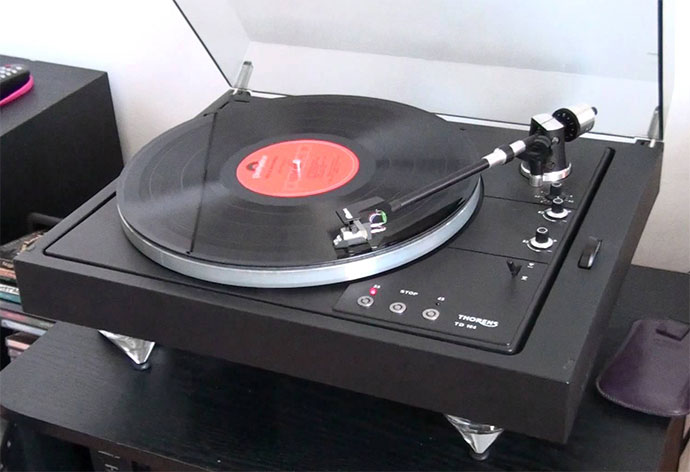
Thorens TD105 – up to 90 $
Belt drive record players with sub-chassis of similar technical characteristics; stroboscope and fine-tuning speed. They automatically turn off and raise the tonearm at the end of the record.
Sound: solid throughout the range, well-defined bass for that class of turntable.
Most common problems: Automatic shutdown often does not work properly, belt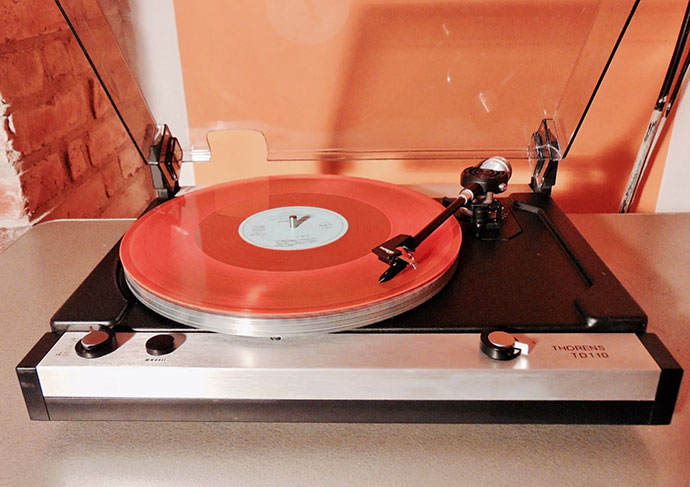
Thorens TD115 – up to 100 $
Belt drive turntables with sub-chassis of similar technical characteristics; stroboscope and fine-tuning speed. They automatically turn off and raise the tonearm at the end of the record.
Sound: solid throughout the range, well-defined bass for that class of turntable.
Most common problems: Automatic shutdown often does not work properly, belt, pulley
11. Thorens TD165 – up to 135 $
Thorens TD166 – up to 135 $
Belt drive turntables with sub-chassis of almost identical technical characteristics; classical Thorens philosophy and construction.
Sound: solid throughout the range, poorly defined bass, which is standard Thorens’ failure; With a lot of tweaking(20-200 $), these turntables can sound serious, but why then not immediately buy a more expensive turntable that plays better in the beginning and does not require any intervention.
Most common problems: Springs, belt, pulley, signal cable, earthing cable
12. Thorens TD160 – up to 130 EUR
Thorens TD145 – up to 120 EUR
Belt drive record players with sub-chassis of almost identical technical characteristics; the classic Thorens philosophy and construction, whereby the TD145 at the end of the record automatically shuts off and the tonearm rises. The biggest flaw in these turntables is the tonearm TP16, which is well below the performances of the turntable itself.
Sound: Relatively good through the full range, poorly defined bass; with a change of tonearm and a lot of tweaking(20-300 $), these turntables can sound serious, but why then not immediately buy a more expensive turntable that plays better in the beginning and does not require any intervention.
Most common problems: Shell on the TP16 tonearm, the tonearm, springs, belt, pulley, signal cable, earthing cable.

